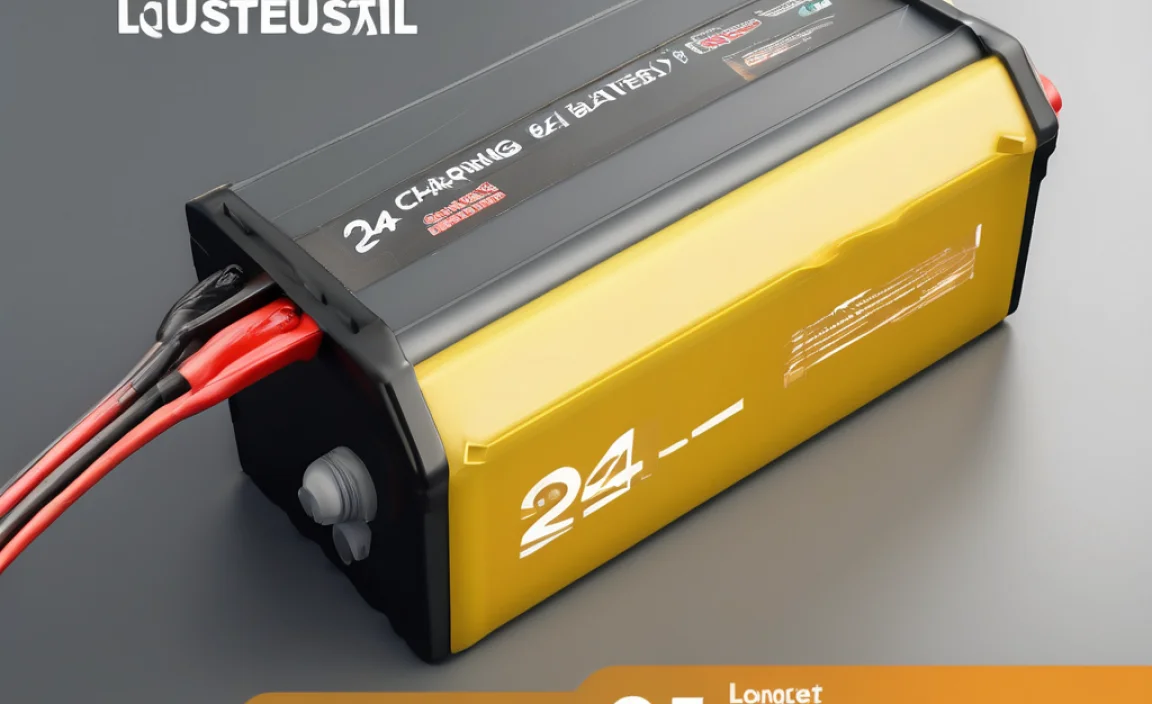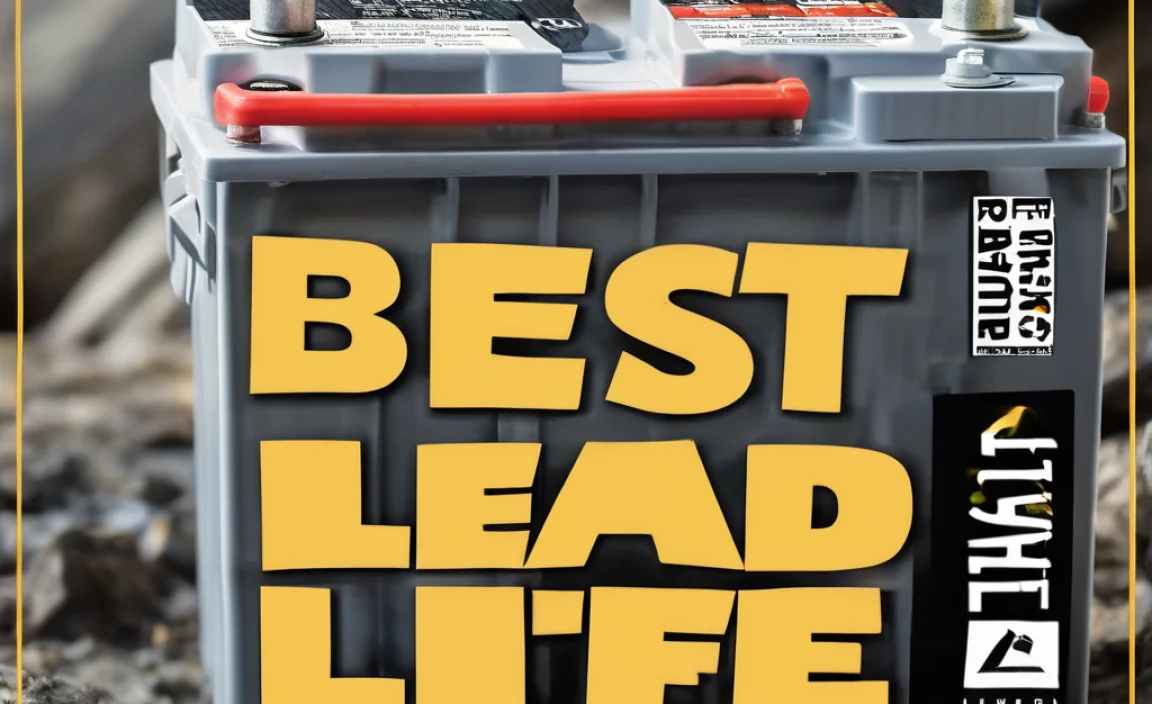Nissan Altima Key Battery: Effortless Power
The ability to unlock and start your Nissan Altima with the press of a button is a hallmark of modern convenience, and at the heart of this seamless operation lies the humble, yet vital, key battery for 2013 Nissan Altima. This small power source ensures that your intelligent key fob, designed for effortless access and ignition, consistently communicates with your vehicle. When this battery begins to wane, the once-instantaneous connection can falter, leading to frustrating delays or complete failure to engage your car’s systems. Understanding how to maintain, identify issues with, and replace this critical component is key to ensuring your Nissan Altima remains a beacon of effortless power and accessibility.
The intelligent key system in your Nissan Altima is a sophisticated piece of technology. It relies on a radio frequency signal transmitted by the key fob to the car’s receiver. This signal authenticates you as the authorized driver, granting access to unlock doors, open the trunk, and, most importantly, allow the engine to start without physically inserting a key. The battery within the fob powers this transmitter. Over time, like any battery, its charge depletes due to regular use and the natural process of self-discharge. This decline in power can manifest in various ways, from a slightly slower response time to a complete inability for the car to detect the key.
Recognizing the Signs of a Dying Nissan Altima Key Battery
Several telltale signs can indicate that your Nissan Altima’s key fob battery is nearing the end of its lifespan. The most common indicator is a diminished range. You might find yourself needing to be much closer to your vehicle for the fob to register, a stark contrast to the convenient distance you might have previously enjoyed. Another frequent symptom is a slower response. Instead of the doors unlocking instantly, you might experience a noticeable delay between pressing the button and the action occurring.
In more severe cases, your Nissan Altima may display a warning message on the dashboard, specifically alerting you to a low key fob battery. This is a proactive measure by the car’s system to inform you before complete failure. Finally, the most obvious sign is complete inoperability. You’ll press the buttons, and nothing will happen – no lights on the fob, no response from the car. In such situations, you might need to resort to using the physical key hidden within the fob to unlock your doors and, depending on your Altima model, find a specific slot or terminal to place the fob to enable starting the engine.
The Lifespan and Replacement of Your Key Battery for 2013 Nissan Altima
The lifespan of a key fob battery can vary significantly based on several factors. The most influential is the frequency of use. If you frequently lock, unlock, and start your car multiple times a day, the battery will naturally drain faster. The type of battery also plays a role; higher-quality batteries tend to last longer. Environmental factors can also have an impact. Extreme temperatures, both hot and cold, can accelerate battery degradation. On average, you can expect a Nissan Altima key fob battery to last anywhere from two to five years.
When it’s time for a replacement, knowing the correct battery type is crucial. For most 2013 Nissan Altima models, the key fob utilizes a standard CR2032 3-volt lithium coin cell battery. These are widely available at most convenience stores, pharmacies, electronics retailers, and online. The replacement process itself is generally straightforward and can be done at home with minimal tools.
DIY Replacement: A Step-by-Step Guide to Your Key Battery for 2013 Nissan Altima
Replacing the battery in your 2013 Nissan Altima key fob is a simple process that can save you time and money.
1. Locate the Release Tab: On the back of your key fob, you’ll typically find a small sliding tab or button. This is the release mechanism for the cover that houses the battery.
2. Remove the Physical Key: If your fob has a built-in emergency key, press this release tab and carefully slide out the metal key. This often provides leverage or access to the compartment.
3. Open the Fob Casing: With the physical key removed, you’ll likely see a seam around the edge of the fob. You can gently pry this open using a small flathead screwdriver, a plastic trim tool, or even your fingernail. Be careful not to force it, as this could damage the plastic. Some fobs may have a small notch specifically designed for prying.
4. Identify and Remove the Old Battery: Once the fob casing is open, you’ll see the coin cell battery. Note its orientation (which side is facing up or down). Most likely, it’s held in place by a small clip or simply rests in a compartment. Gently remove the old battery.
5. Insert the New Battery: Take your new CR2032 battery and insert it into the compartment, ensuring it’s placed in the correct orientation as the old one. The positive (+) side is usually facing upwards.
6. Reassemble the Fob: Carefully snap the two halves of the key fob casing back together. Ensure all clips engage properly.
7. Replace the Physical Key: Slide the emergency key back into its slot until it clicks securely into place.
8. Test the Fob: Step away from your car and test the lock, unlock, and trunk release buttons to ensure they are functioning correctly.
If you encounter difficulties or are unsure about any step, consult your Nissan Altima owner’s manual or seek assistance from a dealership or automotive locksmith.
Maintaining the Effortless Power of Your Nissan Altima
Proactive maintenance is key to ensuring the longevity of your key battery for 2013 Nissan Altima. Keep an eye on the performance of your key fob. If you notice any of the early warning signs, it’s better to replace the battery sooner rather than later. Consider replacing the battery preventatively every three years, even if you haven’t experienced any issues, to avoid unexpected inconveniences.
Furthermore, protect your key fob from physical damage and extreme temperatures. Dropping the fob can damage internal components, and prolonged exposure to excessive heat or cold can diminish battery life. Keeping a spare key fob battery on hand can also provide peace of mind, allowing for an immediate swap if your primary fob suddenly stops working.
By understanding the function of your Nissan Altima’s key battery, recognizing the signs of its depletion, and knowing how to replace it, you can ensure that the effortless power and convenience of your intelligent key system remain consistently available, allowing you to enjoy every drive without interruption.



